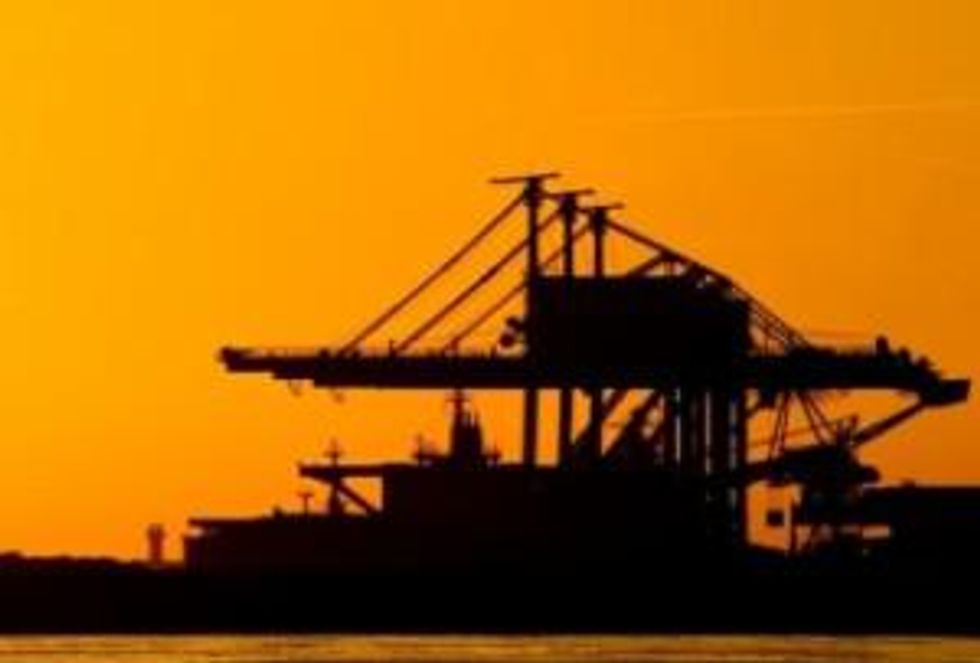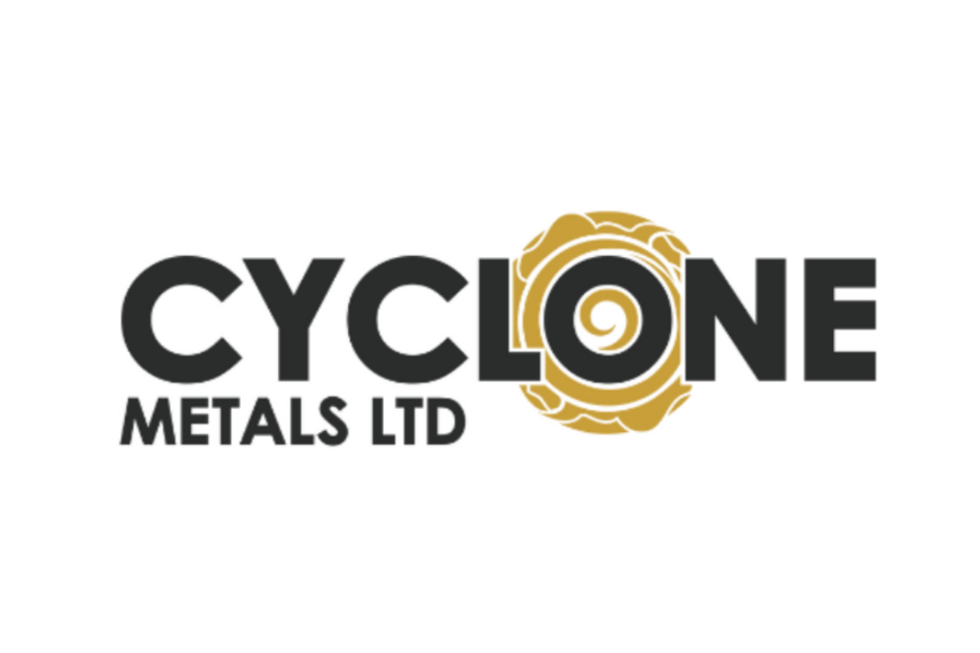The world’s second-largest iron ore producer is ramping up production and lowering its costs, which could threaten smaller producers of the steelmaking commodity.
Comparing the situation to diamonds in the 1990s, when Rio Tinto (ASX:RIO,LSE:RIO,NYSE:RIO) tried to supply the diamond market with stones from its Argyle mine in Australia only to be undercut by De Beers, Tim Treadgold argues that Rio’s size, experience, and low cost of production should allow it to expand into the “flat or declining” iron ore market. Treadgold is a well-known resource journalist and a former business editor of The West Australian newspaper.
Analysts have warned that an iron ore glut is on its way due to a market imbalance caused by an overabundance of ore shipped (mostly) from Australia and Brazil, just as demand from its main customer, China, is waning. The analysts are divided, however, on the size of the glut, with Goldman Sachs (NYSE:GS) saying it will reach 82 million tonnes next year, compared with projections of 27 million tonnes by Deutsche Bank (NYSE:DB) and 8.8 million tonnes by Morgan Stanley (NYSE:MS), reported The Herald Sun.
That glut, whatever its size, may be on it way to forming, as recent developments in the iron ore space testify.
In July the world’s biggest iron ore producer, Vale (NYSE:VALE) received a license to build a $19.5-billion expansion to its massive Carajas iron ore project. Reuters reported the expansion is expected to reach 90 million tonnes a year — a third of Vale’s output — by 2018.
World number-two iron producer Rio Tinto said on Tuesday it loaded its first iron ore shipment from expanded operations in the Australian Pilbara, with port, rail and mine expansions pushing Rio’s annual output to 290 million tonnes a year.
On Wednesday, Anglo American (LSE:AAL) said it has begun turning shovels on its mammoth Minas-Rio iron ore project in Brazil. Despite delays and cost overruns that have more than tripled to $8.8 billion, the diversified miner is targeting first production in late 2014. The mine is expected to produce 26.6 million metric tonnes a year from an estimated resource of 5.77 billion tonnes.
Despite warnings of lower prices ahead, major producers, including BHP Billiton (NYSE:BHP,ASX:BHP,LSE:BLT), Rio Tinto and Fortescue Metals Group (ASX:FMG) are sticking with plans to ramp up production. These three companies plan to add 235 million tonnes per annum (Mtpa) of new mine capacity by 2015, which is nearly equivalent to Rio Tinto’s 2012 output, according to Bloomberg.
Treadgold says Rio’s next step is a $5-billion buildout that cranks output up to 360 million tonnes a year from the current 290 Mtpa forecast. At those levels, Rio’s average cost per tonne would be driven down from $50 to $35, “comfortably below the current market price of $135/t and still highly profitable should the price drop back to the long-term $72/t forecast by UBS, an investment bank,” reported Forbes.
Indeed, Rio Tinto said yesterday that the company plans to slash cash costs from US$47 a tonne in 2012 to as low as $35.50 by 2020, in line with rising output and cuts to capital expenditures.
“Smaller rivals risk being crushed by the flood of iron ore from Rio Tinto’s expanded mines, together with the expanded operations of Vale,” predicts Treadgold, referencing numbers from UBS indicating planned expansions of 113 Mtpa for Vale, 49 Mtpa for BHP and 55 Mtpa for Fortescue Metals Group.
While he didn’t name companies that could be vulnerable to Rio, a couple of examples are Mount Gibson Iron (ASX:MGX), whose total cost of good sold averaged AU$79.61 (US$72.97) per tonne for the year, and Atlas Iron (ASX:AGO), whose cash costs for 2014 are in the range of AU$49 to $53 (US$44.91 to $48.57) per tonne.
Of course, if one or two players were absorbed or went bust, that would likely result in a decrease in iron ore production just about the time when a rebalancing of the market is needed to address the supply glut. Higher prices would then be the likely result, unless the big producers again crank up production. It’s hard to imagine that they would, however, unless some big changes in the demand picture emerge, such as steel furnaces in India and China blasting again at full capacity.
Securities Disclosure: I, Andrew Topf, hold no investment interest in any of the companies mentioned.
Related reading:
Majors Forge Ahead with Iron Ore Expansions

